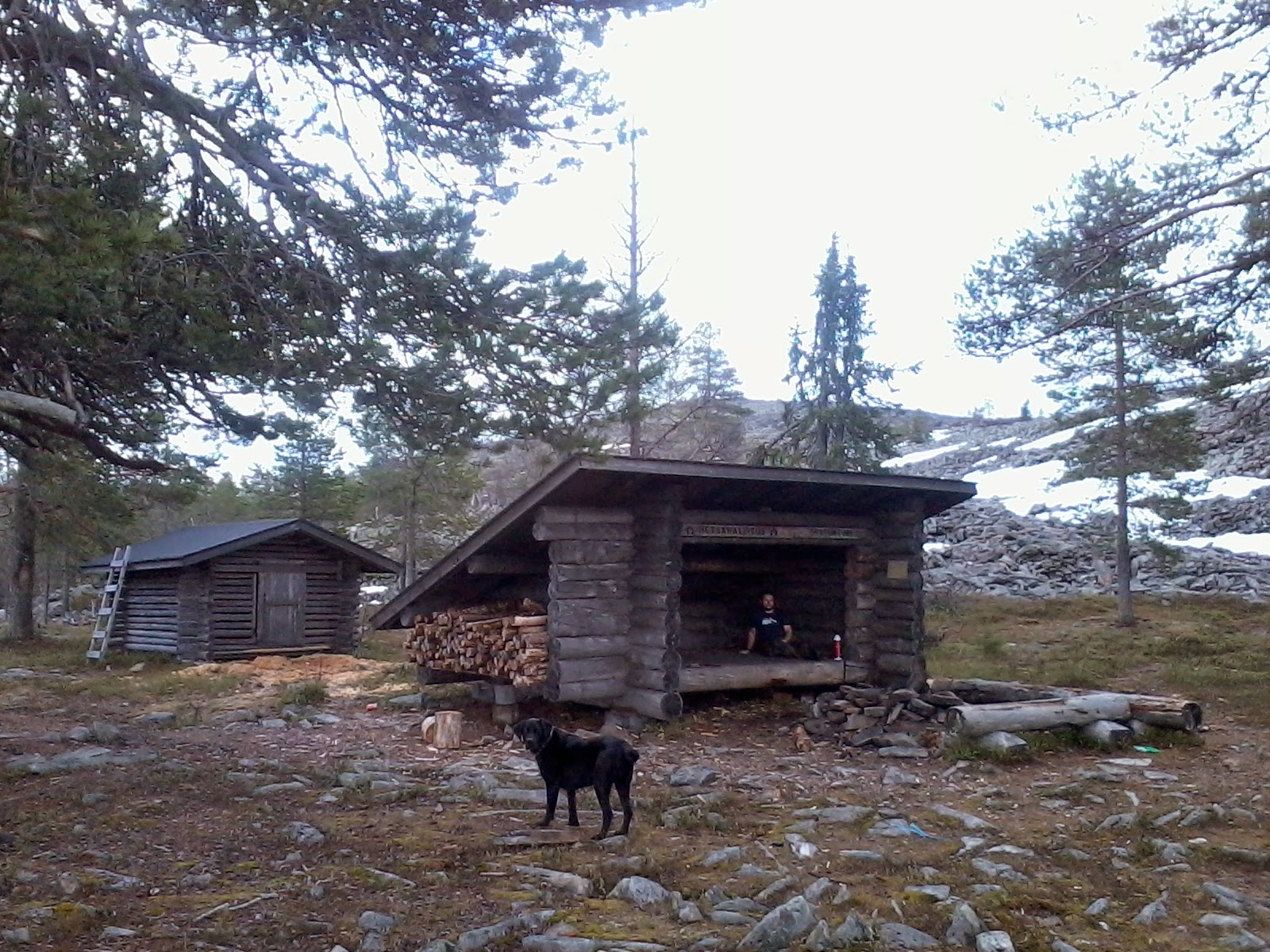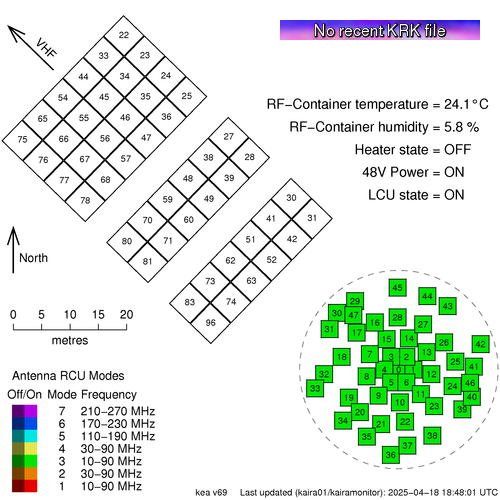This is the 1000th post on the KAIRA web log. Thanks for reading it!
When this little project got started, it was just to keep a small number of people up-to-date with the construction and planning progress of KAIRA. However, it has grown over past couple of years and is now grown beyond what we had originally envisaged to become one of the main outreach programmes of Sodankylä Geophysical Observatory.
Now that we've reached this milestone, we're going to use the oppotrunity to look at the highlights and achievements of our web log. (Oh, and I should note that the use of the word "milestone" for the 1000th post is quite apt. A Roman Mile is defined as 1000 double-paces; one step with each foot).
So, here are the highlights of the last 1000...
The historic
Ultimately, the KAIRA web log has been chronicling the history of the KAIRA project, from the first ideas and tentative steps to the major events and significant accomplishments. There have been a few posts along the way that fall into this category. But these few strike us as being the critical ones.
Post #1 -- The very first post of our web log. Wow! That seems like an eternity ago.
HBA array complete -- when we installed the last High-Band Anntenna (HBA) tile at KAIRA.
LBA array complete -- when we finished the build of the KAIRA Low-Band Antenna (LBA) array.
KAIRA official opening -- The day we officially opened the KAIRA facility.
Achievements -- For the important steps KAIRA has made scientifically, we've a page with the highlights.
... and of course the one you're reading right now!
The series
KAIRA (Kilpisjärvi Atmospheric Imaging Receiver Array) is a radio receiver system. It can measure very faint radio signals and determine very precisely which directions those signals are coming from. It uses
LOFAR antennas and signal processing to accomplish this. If you ignore the details of how the data are processed and interpreted, you can safely say that antennas of LOFAR and KAIRA are doing the same sort of thing.
On occasion, we've run a series on something. Although individual posts themselves are not so dramatic, the collective sum of the parts has proven significant. Some examples include:
How does KAIRA work -- A series explaining how a phased array works. Became the basis of the hugely successful "Digital Static" radio telescope lecture.
Blizzard 2014! -- The account of the storm damage from the blizzard on the 8th March 2014.
Destructive Test -- The environmental testing of LFOAR hardware in the Arctic, leading to the destroying of an HBA tile under snow loading.
Progress reports -- During the build we kept the team back at SGO, and in the wider scientific community, up-to-date with the progress that was being made daily on the installation of KAIRA.
The popular
We have been surprised the popularity of the KAIRA web log. From very humble beginnings, we now have more than 10,000 page hits per month... which is not bad for a small, highly-specialised scientific experiment run by a very small team. Yet popular it is. And although some of our more popular posts are from KAIRA, there are actually quite a few that are not. They just happened to be by KAIRA staff about local or technical things. Here are some of the top ones:
The KAIRA film -- A short documentary about KAIRA and what is for. The film was shown at the official opening, and made fully public at the LOFAR 2014 science meeting.
Passive Radar with $16 dual coherent channel rtlsdr dongle receiver -- This was the top post from a hugely popular series put up by Juha on his work on passive radar. With some cheap off-the-shelf hardware, Juha demonstrated the most amazing series of passive radar applications.
Are 2012 DA14 and the Chelyabinsk meteor related? -- The meteor was a current event that caught us unawares, but we happened to be observing DA2014 at the time and were able to make the first breakthrough in determining critical parameters about the event.
Lemmings -- This post had a series of photographs by Stuart Keenan (who was on the HBA installation team). Stuart documented a lot of the wildlife in the Kilpisjärvi area, but his stunning photographs of the lemmings was by far the most popular.
The people
Of course, we are indebted to all the authors, photographers and contributors to this web log. Photography, articles and videos from Mikko Orispää, Stuart Keenan, Joona Keskalo, Arttu Jutila, Markku Postila, Toivo Iinatti, Thomas Ulich, Esa Turunen, Brian McClave, Poppy Martin, Richard Fallows, Ilkka Virtanen, and a host of others. The editors/principle authors are Juha Vierinen, Lassi Roininen... plus a few from me.
So, thanks again for reading. We hope you've enjoyed the stories and the anecdotes and have had fun sharing a part of our scientific life, north of the Arctic circle whether under the eerie glow of the aurorae or the kind rays of the midnight sun (or, more likely, the snow and rain and more snow and sleet and more snow and gales, and snow and leaden skies).
 |
| The KAIRA HBA array (January 2013). Photo: M. Postila. |
Here's to the next 1000 posts!




























































